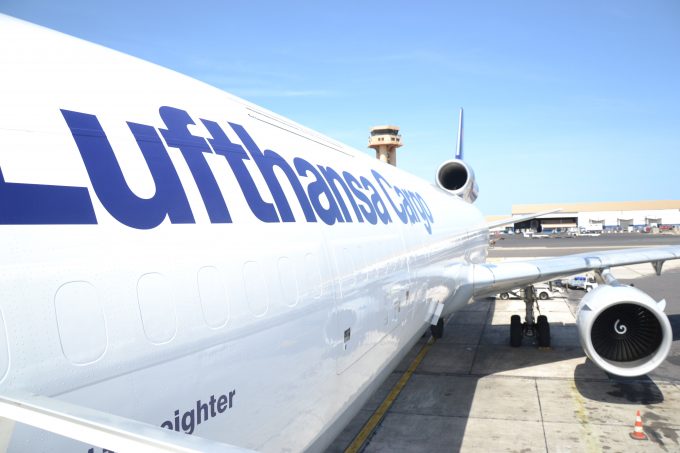Bottlenecks and price hikes as airlines now avoid Iran airspace
Asia-to-Europe airfreight could face extreme bottlenecks and price hikes due to the rising tension in ...

In yet another sign of a weak 2019 air cargo market, Lufthansa’s cargo division profits collapsed in the first quarter.
Regionally, the Americas and Asia reported substantial losses, although it may have addressed its faltering activities in the EMEA.
Ebit fell 74% to €19m, as revenues out of the Americas and Asia plummeted 9% and 6%, respectively, despite Asia posting a 1% upturn in revenue tonne km (RTK).
In its earnings report, Lufthansa said the drops were the result of pricing, adding that declining yields on its two major tradelanes, combined with lower load factors, had played their part.
Overall revenue fell 4% to €616m, compared with the €641m the carrier brought home during the same period in 2018, the carrier noting that operating expenses had increased over the three-month period by 6%.
The decline was also put down to a 3% upturn in employee headcount, increased cost of materials and services and the cost of adding three 777 freighters to the fleet.
It marks a far cry from the performance that, a little over a month ago, had group chief financial officer Ulrik Svensson praising the cargo division on the full-year 2018 numbers.
However, Mr Svensson appeared to know this was coming, telling investors at the time: “Cargo had a fantastic 2018, but the market is now starting to look a little weaker. It’s too early to say, as visibility in cargo business is very, very short, but are we seeing a trend, or this is a temporary dip?”
Yesterday Mr Svensson singled out low demand on routes between Europe and Asia to blame for weak profits and added that Lufthansa Cargo had been unable to escape a moderation in economic growth and resulting market-wide declines.
However, he added, “the American market however continued to hold up well”.
Perhaps the two bright spots are really in its Europe and Middle East/Africa divisions, which both recorded double-digit increases in revenues of 10% and 23%, respectively.
Looking forward, the carrier said: “[Our] focus remains on improvements to efficiency and cost structures, which are ongoing.”
Comment on this article